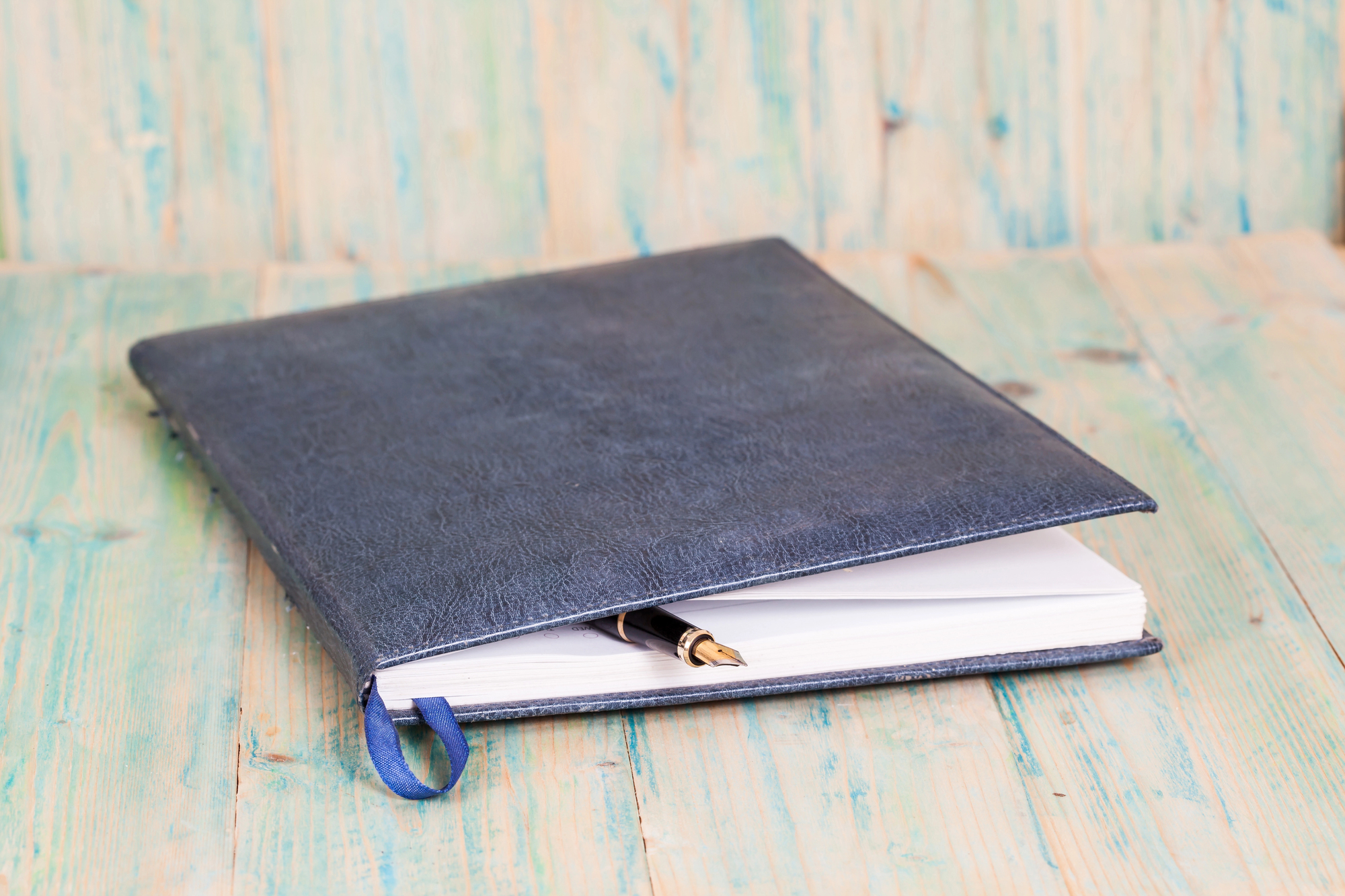It seems like such an easy fix: “25% off!” “Buy now and I’ll reduce the price by $100!” Discounting as a selling tactic seems as natural and easy as all get-out.
Which is why you should never, ever discount.
Discounting is a cancer in business, that eats at your heart, and at the heart of your customers.
Good ol’ Wal-Mart. That multi-billion dollar global company, which is the discounter of all discounters. They started with good in their heart. Sam Walton looked around him and saw lots of great things he thought ‘the little guy’ should have. Why should only the rich have luxuries, now that our great industrial society can produce so much so easily?
It’s a good intention. Unfortunately, this focus on low prices has done incalculable damage to our economies, to our health care, and to the way we use resources. ‘Inexpensive’ has come to mean ‘cheap’ which has come to mean ‘disposable.’
Which has come to mean huge landfills and global warming, among other things.
Is discounting really that much of a demon? Surely, just taking some money off the top of your prices doesn’t mean you’re contributing to the environmental, economic and political collapse of the globe?
Not exactly. But let’s look at what discounting means, and what it does.
Discounting assumes that:
- The difference in price between your ‘regular’ price and the discounted price is what is stopping your customer from buying;
- It’s worth it to acquire a customer whose most important consideration is how cheap your offer is.
Customers hesitate for a number of reasons, which all boil down to: does this offer really work, and will it get me the results that I need?
Discounting your prices means that instead of addressing this question head-on, you are trying to cover up with smoke and mirrors. ‘Sure it works… but don’t look too closely, and I’ll take some money off the top for you.’
You may not be doing this consciously, and certainly not with any ill intent, but all the same this is the set up.
What you are really trying to do: help someone get help sooner rather than later.
Your offer helps someone with a struggle they have. The sooner the right people get your product, the sooner their struggle is over. Understanding that your intention is to get what you offer to the right people sooner, in order to alleviate suffering, well, that’s a good intention, isn’t it?
Now it’s not about smoke and mirrors, but about urgency. One of the ways to help someone purchase sooner rather than later is to offer them a good deal. But not by discounting.
People love a good deal. Is there any way to offer a good deal without discounting?
Keys to the Offer They Can’t Refuse
• Understand the difference between a discount and a good deal.
A discount is when you lower the price for the sole purpose of trying to increase sales. It’s a strong-arm tactic that often signals desperation- and as such, it actually decreases trust between you and your customer.
There are good reasons to have a lower price. For instance, one company I buy from every month gives me a discount once a year on the anniversary of my first purchase, equivalent to the number of years I’ve been a customer times 10%. After ten years I’ll get that month’s purchase free. But that’s not a discount in order to get me to buy- it’s a thank you and appreciation given to me after a buy. A subtle, but important difference.
• You can announce price rises in advance.
Early-bird and early registration pricing, where you offer a lower price up until a certain date, is not a discount, because you aren’t just giving away money, but there is an advantage to you. For me, having classes fill several weeks in advance before the start date means that I have much less to do at the last minute. That’s worth charging a lower price. I charge more after the early-registration deadline because it represents more work for me.
This is similar to a pre-launch price. Someone who buys your products before they exist is showing a great deal of trust and faith in you, and you benefit in many ways by having someone purchase ahead of time. That’s makes the lower price worth it.
• Cheese, please. Offer bonuses.
You may think bonuses are a cheesy thing to offer, but what if your favorite cafe offered you a free cookie with each fancy coffee drink you bought? Would that help you to choose their cafe over someone else’s? If I liked the coffee and the cookie, it would get me nearly every time.
Bonuses work because they show generosity, because they can enhance the experience of the original product, and because you can offer them at very little cost to your business. A good bonus can be a simple thing, as long as it’s valuable.
Have fun creating a great offer that’s also a good deal for your customers. But don’t discount, or you’ll be giving away the trust you’ve been working so hard to build with them.







10 Responses
You are 100% wrong in my business, especially with how the economy is today. People should absolutely not pay full price for anything these days. I don’t!
greg
Years ago, even before I went into business for myself, I attended a seminar where the keynote speaker addressed this very issue. She explained, more or less, exactly what Mark did in this article. She said it so poignantly, as Mark has, that it’s stuck with ever since. Over the years, I’ve had many failures and made many mistakes. I’ve also had good success. To this day, one of the business decisions I’m most proud of, that’s served me very well, is never discounting my prices. I have split the shipping with customers, I have given free product or service away, but I have never discounted a price or had a sale. I’ve even tested prices. If an object did miserably at auction, and I thought it should have sold, I re-auctioned it at a lower price. Every time I did that, it was to no result. I applied other metrics, and realized that each time, there were other factors at work. I know what my time and my products are worth. I price fairly.
My policy has always been to go to market with the best product or service at the best price I can offer. I stand by my work, and the work of my suppliers, and if clients don’t want to pay full price, then I look at it as a communication issue. One of us has missed something. If I can’t reach them, then I let them go. They’re not my client. I just move on until I reach someone who is.
That’s worked for me. I think it’s sad, in a way, that somehow we now equate “full price” with “unfair price”.
Peace.
Sweet! Thank you for relating your journey with it- lovely!
And yes, the whole “never pay retail” mantra runs smack into this issue, eh?
Lamare, I appreciate your experience and you sharing it. Thanks.
Greg,
I know this comment was left some years ago and I hope it reaches you – but I am really interested to know what has happened in the 5 years since this article has been posted. Have you had price increases, reduced the amount of discount or simply increased prices while keeping the discount the same (essentially as an illusion)?
In my business of medical supplies, I find it actually cheaper to give away product of an equal value to the amount of the discount.
@Greg- thanks for your opinion. I can’t imagine that in your turf management business you don’t have clients who aren’t paying full price- you’re giving discounts to ALL of them?
Greetings!
Thank you for explaining this so eloquently, in words that make complete sense to me. This has always been a place of confusion & conflict for me, because I do want us to remain accessible to those who need our products & services, but we definitely have our needs & desires as well.
Thnx for the gift of your wisdom! 🙂
Bright Blessings & Good Fortune! 🙂
-Birdy! :>
Glad it was helpful- thanks for coming by! It can be a real place of conflict, and I’m glad the article was able to give you some ease.
Great article, Mark! Your final comment on bonuses reminded me of my favorite coffee spots in San Francisco by Ocean Beach, called Trouble. When you’re done with your latte or mocha they’ll offer you a “swisher” — they’ll pour half a cup of coffee into your same mug, which you swish around to pick up the goodness that’s stuck to the side of your mug. It’s also a nice palette cleanser. And it feels like a HUGE added value. No discounting required 🙂
Peter- I love that! Curious how they communicate about the “swisher”- is it on a sign prominently displayed, or a well-known secret for regulars? How would one know to get it? Or is it a restaurant-style cafe with table service?